Who was Gilbert Durand?

Gilbert Durand (1921-2012) was a French philosopher, anthropologist, and scholar of religious studies whose work focused on the study of symbols, myths, and the imaginary in human culture. Durand’s interdisciplinary approach, drawing from fields such as anthropology, psychology, and comparative religion, led to the development of a unique theoretical framework for understanding the role of the imaginary in shaping human experience and cultural expression.
-
Durand’s Theory of the Imaginary and the Anthropological Structures
2.1. The Concept of the Imaginary
At the heart of Durand’s theoretical framework is the concept of the imaginary, which he defines as the realm of symbolic representations and mythical narratives that shape human experience and cultural expression. Durand argues that the imaginary is not merely a product of individual fantasy or creative imagination but a collective, archetypal dimension of human existence that structures our understanding of the world and our place within it.
Drawing on the work of thinkers such as Gaston Bachelard, Carl Jung, and Mircea Eliade, Durand develops a theory of the imaginary that emphasizes its universal, cross-cultural dimensions and its role in mediating between the individual psyche and the broader social and cultural context.
2.2. The Anthropological Structures of the Imaginary
In his seminal work, “Les Structures anthropologiques de l’imaginaire” (1960), Durand proposes a comprehensive typology of the symbolic forms and mythical narratives that constitute the imaginary. He identifies two fundamental “regimes” of the imaginary: the diurnal and the nocturnal.
The diurnal regime encompasses symbols and myths associated with light, ascent, and heroic struggle, while the nocturnal regime includes symbols and myths related to darkness, descent, and mystical union. Durand argues that these two regimes represent universal, archetypal patterns that structure human experience and cultural expression across diverse historical and cultural contexts.
2.3. The Dynamic of the Imaginary
Durand emphasizes the dynamic, transformative nature of the imaginary, arguing that it is not a static repository of symbolic forms but a living, evolving dimension of human existence. He proposes that the imaginary undergoes a constant process of “anthropological trajectory,” whereby symbolic forms and mythical narratives are continually reinterpreted and adapted in response to changing social, cultural, and historical circumstances.
This dynamic understanding of the imaginary has important implications for the study of cultural change and the ways in which societies navigate the tensions between tradition and innovation, continuity and transformation.
-
Durand’s Approach to the Study of Symbols and Myths
3.1. The Symbolic Imagination
Durand’s approach to the study of symbols and myths is grounded in his concept of the “symbolic imagination,” which he sees as a fundamental human capacity for creating and interpreting symbolic forms. He argues that the symbolic imagination is not merely a cognitive or intellectual faculty but a holistic, embodied mode of engagement with the world that involves the interplay of perception, emotion, and intuition.
Durand emphasizes the need for a “poetic” or “mythopoetic” approach to the study of symbols and myths, one that attends to their evocative, metaphorical, and experiential dimensions rather than reducing them to abstract concepts or logical propositions.
3.2. The Convergence of Symbols and the Mythical Method
Durand introduces the concept of the “convergence of symbols” to describe the way in which different symbolic forms and mythical narratives can be clustered around common themes or archetypal patterns. He argues that this convergence reflects the underlying unity and coherence of the imaginary, despite the diversity of its cultural expressions.
To study this convergence, Durand proposes a “mythical method” that involves the comparative analysis of symbolic forms and mythical narratives across different cultural and historical contexts. This method seeks to identify the recurrent patterns, themes, and structures that underlie the apparent diversity of cultural expressions and to explore their psychological, social, and existential significance.
3.3. The Rehabilitation of the Imaginary
Durand’s work can be seen as part of a broader movement in 20th-century thought to “rehabilitate” the imaginary and to challenge the privileging of rational, abstract modes of knowledge over more intuitive, symbolic, and experiential ways of understanding the world.
By affirming the ontological and epistemological value of the imaginary, Durand seeks to counteract what he sees as the reductive, disenchanting tendencies of modern Western thought and to reclaim the vital role of symbols, myths, and the poetic imagination in human life and culture.
-
The Relevance of Durand’s Work in Contemporary Scholarship
4.1. Contributions to Symbolic Anthropology and Religious Studies
Durand’s theory of the imaginary and his approach to the study of symbols and myths have had a significant impact on the development of symbolic anthropology and the study of religion. His work has helped to legitimize the study of the imaginary as a central dimension of human experience and cultural expression and has provided a rich theoretical framework for exploring the symbolic and mythical dimensions of diverse religious traditions.
Durand’s emphasis on the archetypal, cross-cultural dimensions of the imaginary has also contributed to the development of comparative approaches in religious studies and to the exploration of the underlying unity and commonalities among the world’s religious and spiritual traditions.
4.2. Applications in Cultural Studies and the Humanities
Beyond its implications for anthropology and religious studies, Durand’s work has found wide-ranging applications in cultural studies and the humanities more broadly. His theory of the imaginary has been taken up by scholars working in fields such as literature, art, film studies, and cultural history, providing a valuable lens for exploring the symbolic and mythical dimensions of diverse cultural forms and practices.
Durand’s emphasis on the dynamic, transformative nature of the imaginary has also informed the study of cultural change and the ways in which societies negotiate the tensions between tradition and innovation, continuity and transformation.
4.3. Implications for Understanding the Contemporary World
In an age of globalization, cultural fragmentation, and rapid social and technological change, Durand’s work offers valuable insights into the enduring role of the imaginary in shaping human experience and cultural expression. His theory of the imaginary provides a powerful lens for understanding the symbolic and mythical dimensions of contemporary social and political movements, from religious fundamentalism to environmental activism.
Durand’s emphasis on the need for a “poetic” or “mythopoetic” engagement with the world also serves as an important counterpoint to the prevailing emphasis on rational, instrumental modes of knowledge and action in contemporary society. His work reminds us of the vital importance of the symbolic imagination in creating meaning, cultivating empathy, and inspiring collective action in the face of complex global challenges.
-
Legacy
Gilbert Durand’s contributions to the study of the imaginary and the anthropology of symbols and myths have left an indelible mark on contemporary scholarship in the humanities and social sciences. His theory of the anthropological structures of the imaginary provides a powerful framework for understanding the universal, archetypal dimensions of human experience and cultural expression, while his approach to the study of symbols and myths offers a rich, nuanced perspective on the poetic and experiential dimensions of human meaning-making.
Durand’s work has helped to legitimize the study of the imaginary as a central dimension of human existence and has contributed to the development of interdisciplinary approaches that bridge the gap between the sciences and the humanities. His emphasis on the dynamic, transformative nature of the imaginary continues to inform our understanding of cultural change and the ways in which societies navigate the tensions between tradition and innovation.
As we grapple with the challenges of an increasingly complex, globalized world, Durand’s insights into the enduring role of symbols, myths, and the poetic imagination in human life and culture remain as relevant as ever. His legacy invites us to cultivate a deeper appreciation for the symbolic dimensions of our existence and to engage with the world in a more holistic, imaginative, and compassionate way.
Read More Depth Psychology Articles:
Taproot Therapy Collective Podcast
Anthropology
Bibliography
Durand, G. (1960). Les Structures anthropologiques de l’imaginaire. Allier.
Durand, G. (1964). L’imagination symbolique. P.U.F.
Durand, G. (1979). Figures mythiques et visages de l’oeuvre: de la mythocritique à la mythanalyse. Berg International.
Durand, G. (1992). Les Structures anthropologiques de l’imaginaire (11th ed.). Dunod.
Durand, G. (1996). Champs de l’imaginaire. Ellug.
Wunenburger, J.-J. (2013). L’anthropologie de l’imaginaire selon Gilbert Durand. Contextes, options, enjeux. Esprit Critique, 17, 1-11.
Xiberras, M. (2002). Pratique de l’imaginaire: lecture de Gilbert Durand. Presses de l’Université Laval.

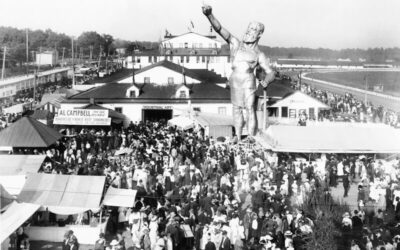
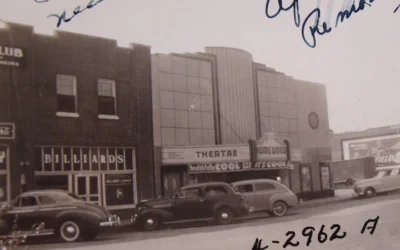

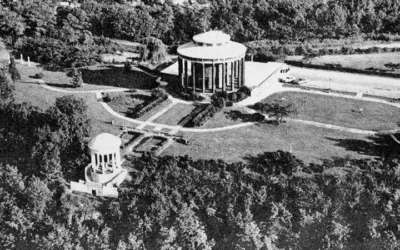


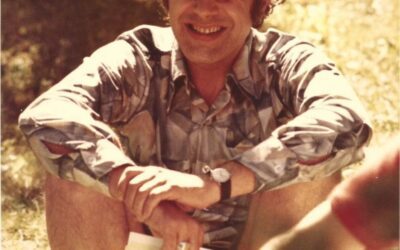

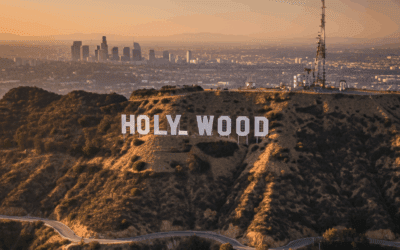















0 Comments